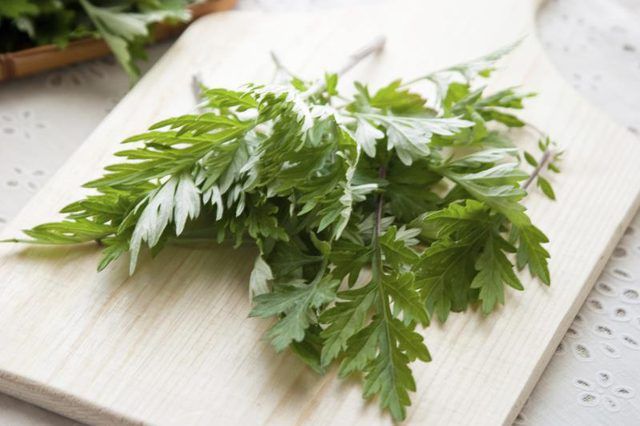Bulbs
Flower Basics
Flower Beds & Specialty Gardens
Flower Garden
Garden Furniture
Garden Gnomes
Garden Seeds
Garden Sheds
Garden Statues
Garden Tools & Supplies
Gardening Basics
Green & Organic
Groundcovers & Vines
Growing Annuals
Growing Basil
Growing Beans
Growing Berries
Growing Blueberries
Growing Cactus
Growing Corn
Growing Cotton
Growing Edibles
Growing Flowers
Growing Garlic
Growing Grapes
Growing Grass
Growing Herbs
Growing Jasmine
Growing Mint
Growing Mushrooms
Orchids
Growing Peanuts
Growing Perennials
Growing Plants
Growing Rosemary
Growing Roses
Growing Strawberries
Growing Sunflowers
Growing Thyme
Growing Tomatoes
Growing Tulips
Growing Vegetables
Herb Basics
Herb Garden
Indoor Growing
Landscaping Basics
Landscaping Patios
Landscaping Plants
Landscaping Shrubs
Landscaping Trees
Landscaping Walks & Pathways
Lawn Basics
Lawn Maintenance
Lawn Mowers
Lawn Ornaments
Lawn Planting
Lawn Tools
Outdoor Growing
Overall Landscape Planning
Pests, Weeds & Problems
Plant Basics
Rock Garden
Rose Garden
Shrubs
Soil
Specialty Gardens
Trees
Vegetable Garden
Yard Maintenance
How to Grow Wormwood
How to Grow Wormwood. Grown for its olive-green to silvery, lacy foliage, wormwood (Artemisia absinthum, hardy in U.S. Department of Agriculture plant hardiness zones 4 through 9) is in the sunflower family, or Asteraceae, and has insignificant yellow flowers at branch ends. The strongly aromatic foliage can be unpleasant to some people. The shrub...
Grown for its olive-green to silvery, lacy foliage, wormwood (Artemisia absinthum, hardy in U.S. Department of Agriculture plant hardiness zones 4 through 9) is in the sunflower family, or Asteraceae, and has insignificant yellow flowers at branch ends. The strongly aromatic foliage can be unpleasant to some people. The shrub reaches 1 to 3 feet tall and about as wide. Native to Europe and Asia, wormwood has naturalized into parts of the United States.

Wormwood does best in poor soils that have good drainage. The plants are actually more aromatic, live longer and are hardier in poor soils than in richer, moister soil. They will tolerate almost any soil type, however. Wormwood also tolerates a wide range of pH, growing in soils from acidic 4.8 to alkaline 8.2. Wormwood is suitable for massed plantings, where they provide a good backdrop for other plants, especially those with dark foliage or strong-colored flowers. Space plants about 3 feet apart for continuous coverage.
Once established, wormwood is drought tolerant, needing little supplemental irrigation except during long dry spells. In areas with hot, dry summers such as the desert Southwest, water wormwood deeply but infrequently during the summer. Wormwood doesn't need fertilizing, doing well in poor, infertile soils. Extra nitrogen can cause tall, leggy, unattractive growth.
In most locations, grow wormwood in full sun. In areas such as the arid Southwest with its intense sunlight, you can plant it in partial shade. In shade, leaves can be greener and less fully clothed with the silky gray hairs that cover the foliage. In humid areas with ample rainfall, even if given full sun wormwood is shorter-lived, often deteriorating and subject to root rot during the summer. The stems may also become leggy and floppy under these conditions.
All plant parts are toxic to people if they are eaten, and the windborne pollen from flowers can cause allergic reactions and trigger asthma. Under some conditions, wormwood may become invasive. It's classed as a noxious weed in Washington, where it poses a problem in rangelands. Prevent spread by removing the flower heads before they form seeds. If flowers or seed heads have formed, remove the branches that contain them and discard them rather than burning or composting them. The seeds can still germinate after three to four years. When you find volunteer seedlings growing in areas they're not wanted, pull them up and dig out the roots; wormwood has a long tap root and can regrow from root pieces.